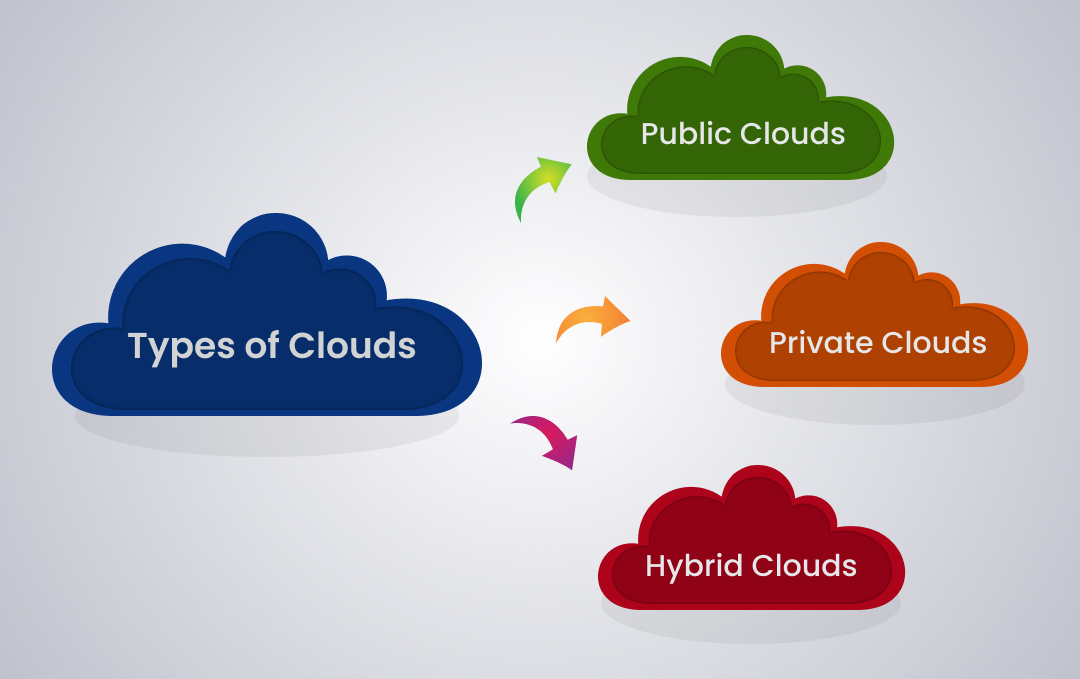LinkDaddy Cloud Services Proficiency: Advanced Techniques for Effective Cloud Services Press Release
LinkDaddy Cloud Services Proficiency: Advanced Techniques for Effective Cloud Services Press Release
Blog Article
Simplify Your Facilities With Cloud Services
As businesses navigate the ever-evolving landscape of technology and information monitoring, the role of cloud services in streamlining infrastructure has ended up being increasingly noticeable. How can companies successfully browse this transition and genuinely open the possibility of cloud services for streamlining their infrastructure?
Benefits of Cloud Solutions
Cloud solutions use a streamlined method to managing IT infrastructure, providing organizations with scalability, flexibility, and cost-efficiency. One of the crucial advantages of cloud services is the scalability they use.
Furthermore, cloud services eliminate the demand for services to purchase pricey hardware and software program. This cost-efficiency is a substantial benefit, specifically for tiny to medium-sized enterprises looking to decrease in advance costs. By using cloud solutions, services can access high-grade IT sources without the hefty cost connected with conventional facilities arrangements.
Furthermore, cloud services supply companies with the flexibility to access their data and applications from anywhere with a web connection. This degree of access improves cooperation among teams, allows remote work, and boosts overall productivity. The versatility offered by cloud solutions equips organizations to adjust quickly to changing market conditions and client demands.
Expense Savings and Scalability
In enhancement to the functional advantages highlighted previously, the assimilation of cloud services into a business's facilities yields substantial cost savings and enhanced scalability. Cloud solutions provide a pay-as-you-go design, enabling organizations to range resources up or down based on current needs, thereby avoiding the costs related to preserving excess ability. This flexibility allows companies to adapt quickly to changing needs without incurring unneeded expenses.
Additionally, cloud solutions get rid of the need for upfront investments in software and hardware, decreasing funding expenses. Business expenses are also decreased as firms no much longer require to handle and keep physical servers, bring about lower power usage and IT staffing costs. Furthermore, cloud services give automatic updates and maintenance, guaranteeing that the infrastructure continues to be updated and protected without requiring hand-operated interventions.
Enhanced Security Actions
Applying rigorous protection measures is extremely important when integrating cloud services right into a business's infrastructure to ensure and safeguard sensitive data compliance with market policies. Cloud service suppliers provide enhanced safety and security functions such as information file encryption, firewall software protection, and multi-factor verification to reduce cybersecurity risks.
Furthermore, normal safety and security audits and compliance assessments aid guarantee and identify susceptabilities adherence to market criteria. Firms can likewise take advantage of attributes like automated protection updates and real-time hazard tracking given by cloud provider. By prioritizing protection procedures and staying aggressive in resolving prospective threats, companies can confidently leverage cloud services while shielding their important information from unapproved access or violations.
Transitioning to Cloud Infrastructure
To effectively incorporate cloud solutions into a business's framework, an organized method that resolves the shift in the direction of cloud-based remedies is critical. Transitioning to cloud framework involves careful preparation and execution to make certain a smooth migration process. The first action is to assess the present infrastructure and determine which applications and systems appropriate for migration to the cloud. This assessment must consider aspects such as information sensitivity, compliance needs, and performance needs.
Once the analysis is full, a movement technique need to be created. This method must detail the timeline, resources, and obligations for moving each component to the cloud. It is click over here now vital to communicate this plan clearly to all stakeholders to ensure placement and minimize interruptions during the shift.
During the movement procedure, tracking and testing are crucial to identify and attend to any type of issues without delay. Normal checkpoints must be developed to track development and make essential modifications. Additionally, training for workers on using cloud solutions ought to be given to make certain an effective transition and take full advantage of the benefits of the brand-new facilities.
Ideal Practices for Cloud Adoption
Effective adoption of cloud solutions rests on the tactical placement of company objectives with technical abilities and business readiness. To guarantee a smooth transition to the cloud, organizations need to start by conducting a thorough analysis of their present framework and identifying which workloads are best suited for cloud movement. It is essential to include key stakeholders from various divisions in the decision-making process Discover More Here to acquire buy-in and address any issues beforehand.
Another best method for cloud fostering is to focus on safety and security and compliance. Organizations must very carefully review the security measures provided by cloud service carriers and make sure that their data is secured according to market standards and governing needs. Implementing robust information encryption, access controls, and normal safety audits can aid mitigate threats linked with cloud adoption.

Final Thought

As organizations navigate the ever-evolving landscape of innovation and information monitoring, the role of cloud services in streamlining framework has actually ended up being significantly prominent - universal cloud Service. How can services efficiently browse this change and absolutely open the potential of cloud solutions for simplifying their framework?
Cloud solutions offer a streamlined strategy to handling IT framework, providing companies with flexibility, cost-efficiency, and scalability. By using cloud services, companies can access high-quality IT resources without the hefty rate tag associated with conventional infrastructure setups.
To ensure a smooth transition to the cloud, organizations should start by performing a thorough analysis of their existing facilities and determining which workloads are best matched for cloud movement.
Report this page